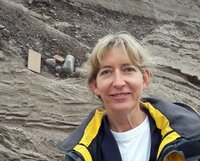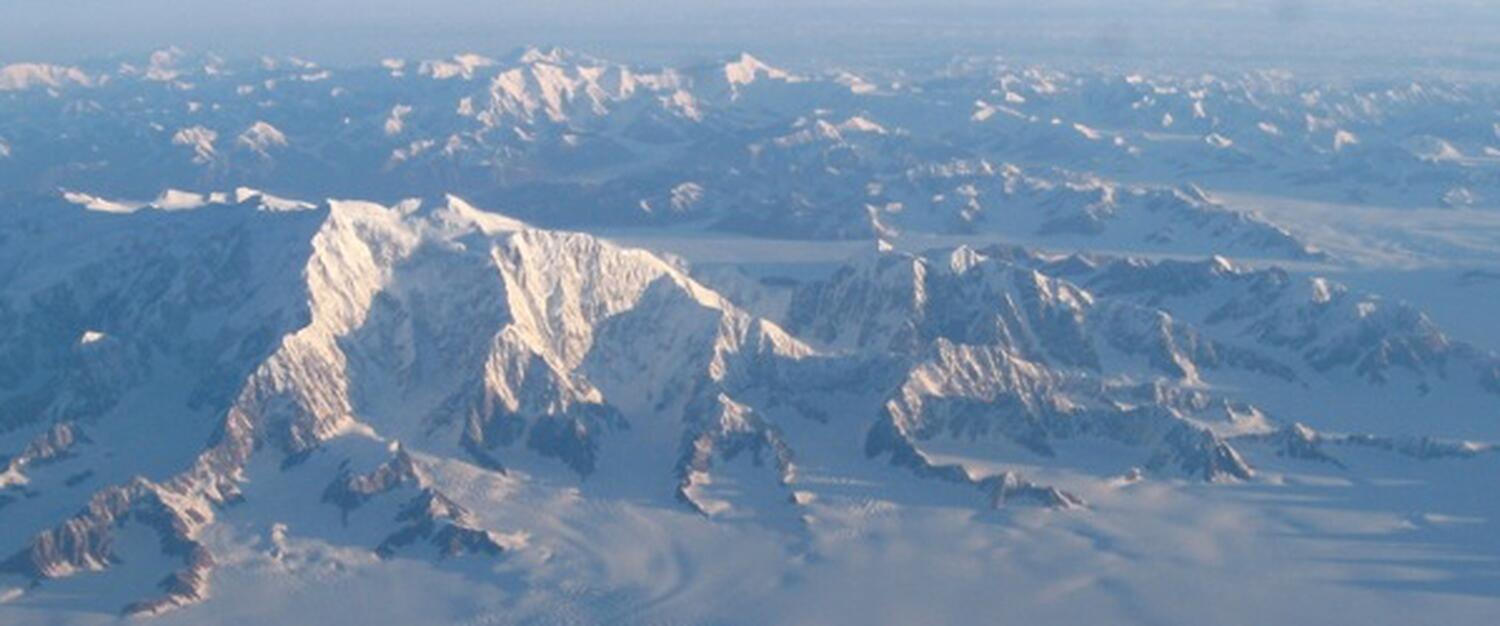
Earth Surface Processes & Sedimentary Geology
The processes that shape the Earth’s surface and the sedimentary deposits that record those processes link human timescales to geologic history and provide rich opportunities for students to explore fascinating and societally-relevant research questions. The dynamic environments at Earth’s surface reflect connections between biological, physical and chemical systems. Sedimentary rocks provide the Earth’s best archives of its history and insights into past conditions on the Earth’s surface and in it’s oceans. They also host critically important natural resources from petroleum and building materials to groundwater aquifers. Study of sedimentary geology and surface processes improves fundamental understanding of the changing character of the surface environment of the Earth which is critical for understanding the past and future trajectories for life on Earth.
Within the department of geology, key research areas within sedimentary geology and Earth surface processes include:
- Clastic sedimentology (Jim Best, Gary Parker, Bruce Rhoads, Marcelo Garcia)
- Fluvial and marine sediment transport (Jim Best, Gary Parker, Bruce Rhoads, Marcelo Garcia)
- Carbonate sedimentology (Bruce Fouke)
- Microbiology of carbonate systems (Bruce Fouke)
- Stratigraphy and marine paleoenvironments (Max Christie, Bruce Fouke)
- Glacial geomorphology and paleoglaciology (Brandon Curry, Jonathan Tomkin)
- Landscape evolution modeling (Alison Anders, Jonathan Tomkin)
- Sedimentary records of quaternary global change (Jessica Conroy and Feng Sheng Hu)
- GIS analysis of landforms (Alison Anders)
- Anthropogenic geomorphology (Alison Anders)
Researchers in the Earth Surface Processes group at Illinois interact with staff in the Department of Geography, the Department of Atmospheric Sciences, and the Illinois State Geological Survey.
Faculty working in Earth Surface Processes & Sedimentary Geology
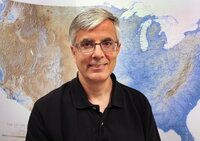
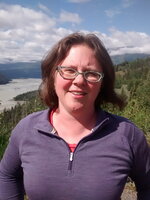

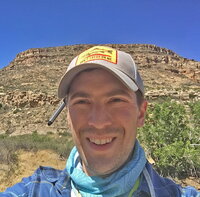


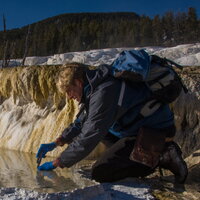

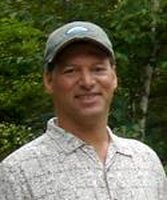
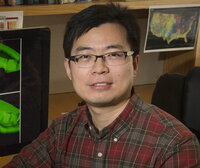
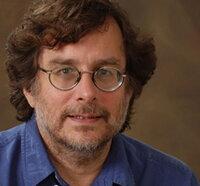

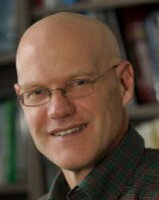

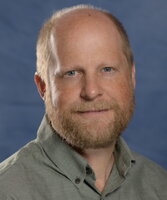
Related News
- By Amber Rose, Grainger College of Engineering University of Illinois researchers Leonardo Chamorro and Jim Best used clear mud in order to study the structure of turbulence in water flows...
- In a new paper published in Nature Communications, Gary Parker, Jim Best and Julia Cisneros (former PhD student) are part of a team that reports on how damming on the Huang He (Yellow) River...
- Check out Geology Department Professor Alison Anders talking about her work on how critical zone soils form in glaciated landscapes!...
